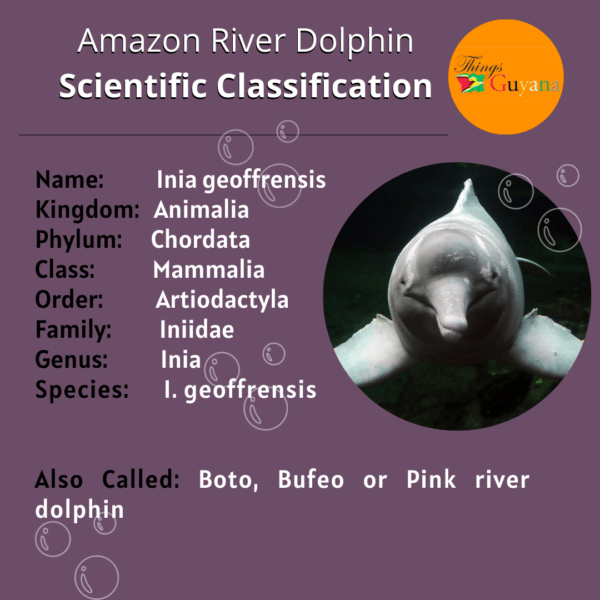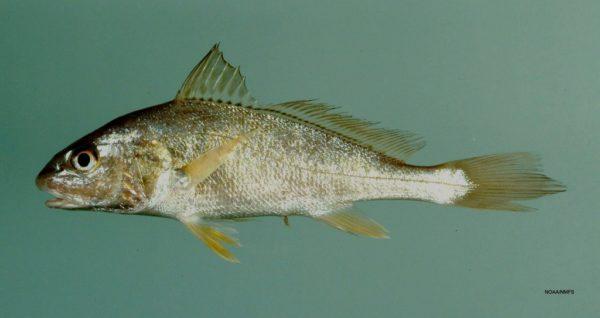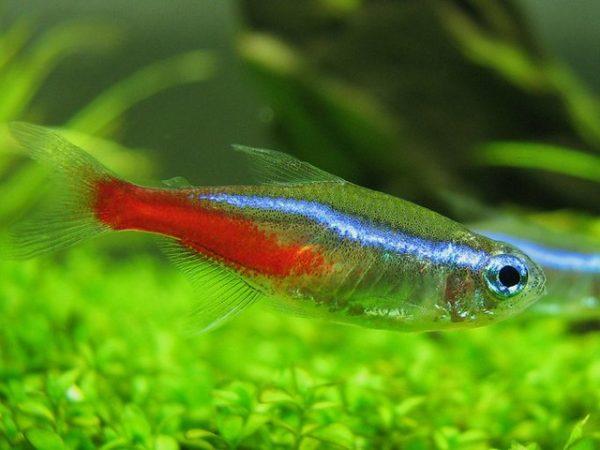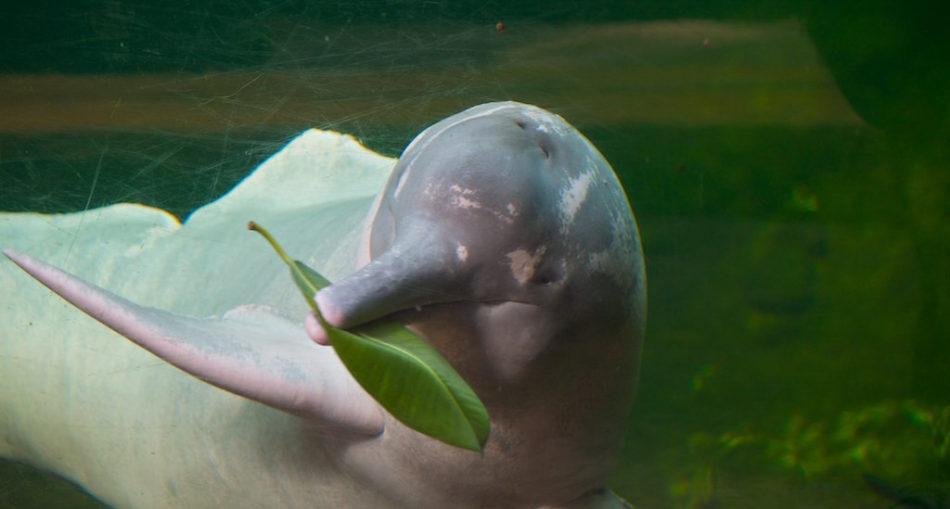These dolphins look a little weird but they are very intelligent and adaptable. The Amazon river dolphin is a species of toothed whale. It was first described by the zoologist Henri Marie Ducrotay de Blainville in 1817.

Description
This is the largest species of river dolphin and the adult males can reach up to 408 lb in weight, and 8.2 ft in length. Males are larger and weigh more than females; females only grow up to a length of 7.1 ft and weigh 330 lb. Like any other toothed whale, they also have a melon ( Adipose tissue found on the forehead of toothed whales) that is used for biosonar. The pectoral fins are paddle-shaped and big. The length of its fins allows the animal to swim in a circular motion, giving it an extraordinary range of movement while slowing it down in the flooded forest. Another ability that helps them in flooded forests or shallow water is the unfused vertebrae in their neck which allows them to turn their heads 180 degrees. They have molar-like teeth for catching their prey. Their colour varies with age, newborns sport a grey colour while adults would turn pink because the skin would become thinner allowing for the capillaries to be seen.
Fun Facts:
- The life expectancy of the Amazon river dolphin in the wild is unknown, but in captivity, the longevity of healthy individuals has been recorded at between 10 and 30 years.
- When excited, they will flush to a bright pink temporarily.
Diet
They have one of the most diverse diets of any toothed whale, feeding on up to 53 different species of fish, including croakers, catfish, tetras, and piranhas. Other animals that they eat include river turtles and freshwater crabs.
The size of the prey that they consume ranges from 2 inches all the way up to 31 inches.
Fun Facts:
- During prey time, as many as 35 pink dolphins work together to obtain their prey.
- Echolocation is used to detect prey in muddy water.
Images of two types of fish consumed by the amazon river dolphin:

Croaker. Photo Source: https://www.flickr.com/photos/noaaphotolib/5187498831

Tetra. Photo Source: https://www.flickr.com/photos/24242453@N07/2390932302
Habitat
Amazon river dolphins are quite solitary animals and are found in the main rivers of the Amazon and Orinoco river systems of tropical South America. They inhabit muddy stagnant water, and during flooding will move onto the flooded forests leaving them at risk of stranding, but, as mentioned in the description of this animal they have evolved to have special pectoral fins and unfused vertebrae that assist in their maneuverability.
Reproduction
During their courtship period, the male dolphin would offer the female gifts such as branches, floating vegetation, or balls of hardened clay. Dolphins have a polygynous relationship and male dolphins are very aggressive and will fight off other males in fierce competition when they see a female that has caught their attention. Breeding is seasonal, and births occur between May and June. The flood season aligns with the birthing season, which may provide an advantage because females and their offspring stay in flooded areas longer than males. As the water level drops, the density of food sources in flooded areas increases due to a loss of space, providing enough energy for infants to meet the high demands of growth. The gestation period takes eleven months. There are strong maternal instincts among the female amazon river dolphins and they would often take care of their young for three years before they can be independent on their own. This shows a strong bond between the mother and her baby.
Not-So-Fun-Fun Fact: Male amazon river dolphins might even get aggressive towards females if they are not receptive to their courtship ritual.
Communication
Like other dolphins, the river dolphin uses whistling sounds to communicate.
Legend Of The River Dolphin
According to traditional Amazon River folklore, at night, an Amazon River dolphin transforms into a handsome young man who seduces girls, impregnates them, and then returns to the river to become a dolphin again in the morning. Similarly, the female transforms into a lovely and wealthy-looking young lady. She goes to a married man’s house, casts a spell on him to keep him quiet, takes him to a thatched hut, and visits him every year on the same night she seduced him. This dolphin shapeshifter is referred to as an encantado.
It is also said that if anyone is to kill an amazon river dolphin they will be subjected to bad luck.
More Fun Facts:
- Amazon River Dolphins are often seen swimming on their backs, this is thought to be due to their ‘chubby cheeks’ which obstruct their downward vision.
- Dolphins are very intelligent animals; the Amazon River Dolphin’s brain capacity is 40% larger than humans! They are considered the most intelligent of the river dolphins.
- Except for humans, the Amazon River Dolphin does not have many predators.
- Amazon River Dolphins are friendly.
References:
- https://en.wikipedia.org/wiki/Amazon_river_dolphin
- https://wildernessclassroom.org/wilderness-library/pink-river-dolphin/#:~:text=The%20amazon%20river%20dolphins%20or,you%20get%20embarrassed%20or%20excited
- https://onekindplanet.org/animal/amazon-river-dolphin/
Discover more from Things Guyana
Subscribe to get the latest posts sent to your email.







